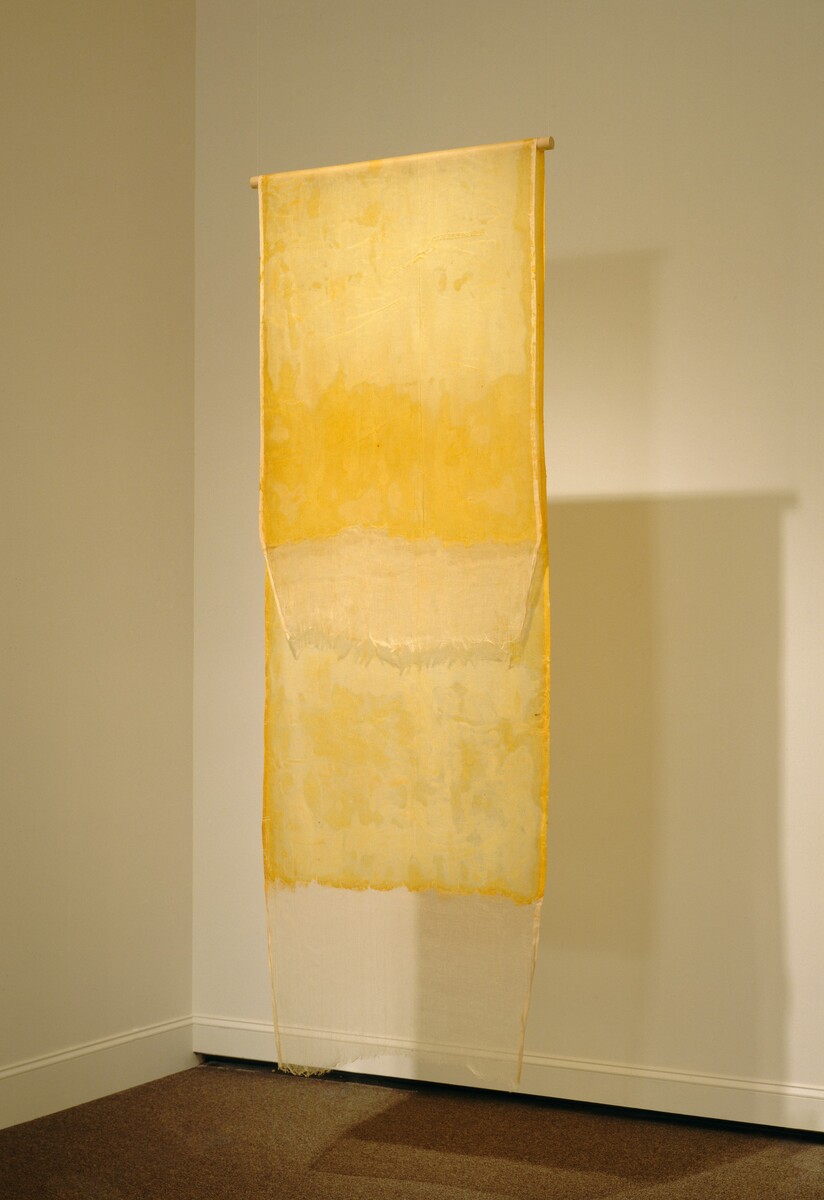See all of the works: go.usa.gov/xwqxM

demonstrates how Agnes Martin created her paintings. Enjoy it for a #MuseumMomentofZen: youtube.com/watch?v=I2Fyza…

Keep Current with National Gallery of Art
This Thread may be Removed Anytime!
Twitter may remove this content at anytime, convert it as a PDF, save and print for later use!

1) Follow Thread Reader App on Twitter so you can easily mention us!
2) Go to a Twitter thread (series of Tweets by the same owner) and mention us with a keyword "unroll"
@threadreaderapp unroll
You can practice here first or read more on our help page!